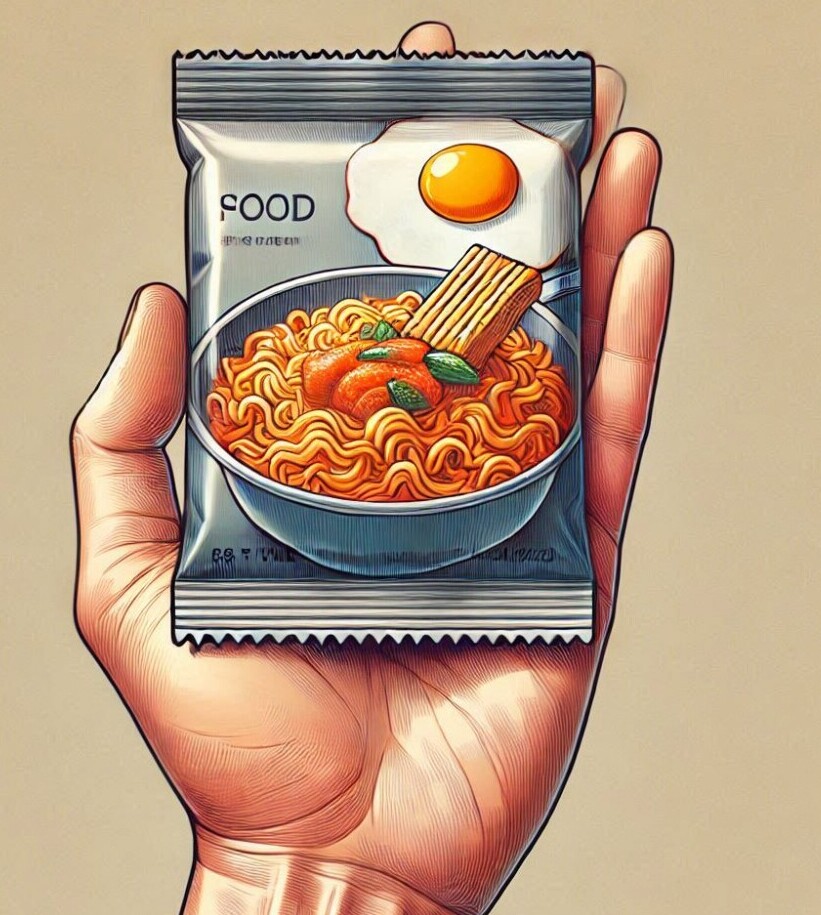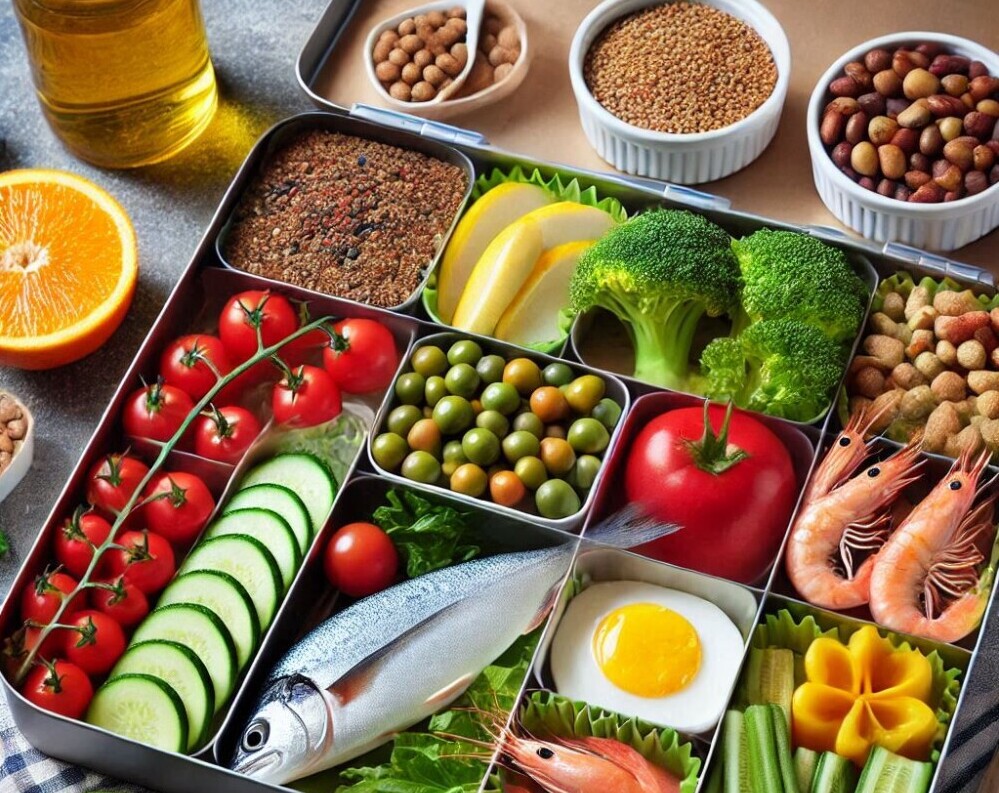
A sustainable diet isn’t just a trendy term; it’s about creating a way of eating that is both nutritious and mindful of our planet’s resources. At its core, a sustainable diet emphasizes consuming foods that are produced with minimal impact on the environment. This involves choosing local, seasonal produce and opting for organic where possible. These choices not only tend to be fresher but also support local economies and reduce the carbon footprint associated with long-distance food transportation.
When we think about sustainability, we’re looking at the bigger picture of how our food choices affect the environment. Everything from the water used to grow crops to the methane emissions from livestock affects our planet. By opting for diets rich in plant-based foods, individuals can contribute to reduced environmental impact while still meeting nutritional needs.
Eating sustainably also ties directly into nutritional health. Incorporating a variety of whole foods like fruits, vegetables, whole grains, and lean proteins ensures a nutrient-rich diet, supporting overall well-being. Beyond just personal health, these choices foster a more sustainable food system, promoting biodiversity and reducing the need for intensive farming practices.
Understanding the basic principles of sustainable nutrition can seem daunting at first, but they follow a simple natural logic: getting back to basics. The focus is on less processed foods and more items that come directly from nature. By integrating agroecological practices into our selection, such as choosing foods that are cultivated in harmony with natural ecosystems, we’re not only feeding ourselves but also investing in the health of our planet.
Identifying Nutrient-Dense Foods for Maximum Health
It’s not just about how much you eat; it’s what you eat that makes the real difference. Focusing on nutrient-dense foods means prioritizing quality over quantity, making sure every bite provides essential vitamins and minerals without unnecessary fillers. Think of foods like leafy greens, packed with vitamins A, C, K, and folate, or avocados, loaded with healthy fats and fiber. These are the kinds of foods that ought to regularly appear on your plate.
People sometimes shy away from nutrient-dense foods, thinking they’re costly or hard to find, but that’s not really the case. Farmers’ markets and local co-ops often offer great deals on seasonal produce, allowing you to eat healthy without breaking the bank. And with a little creativity, it’s possible to craft delicious, balanced meals that meet both your budget and your health needs.
Misunderstandings often arise around what truly constitutes healthy eating. Not every low-fat or low-calorie food offers significant health benefits. By focusing on nutrient density, you’re ensuring that each food choice contributes positively to your dietary needs. Foods rich in nutrients support immune function, energy levels, and overall health.
Superfoods have gained a lot of hype, sometimes overshadowing other important staples, but they play an invaluable role in a balanced diet. Think berries, chia seeds, or spinach. They don’t just add flavour but also amplify the nutritional profile of a meal. Including even small amounts of these can make a big difference.
Science backs up the benefits of a nutritionally balanced diet. When you ensure meals are complete with macronutrients and essential vitamins, you’re setting a foundation for longevity and a more vigorous lifestyle. It’s not merely about avoiding illness; it’s about thriving.
Remember, crafting a diet full of nutrient-dense foods doesn’t mean you need to make huge changes overnight. Start small. Swap in a couple of new ingredients each week, and keep exploring and expanding your palate.

Practical Steps for Creating a Sustainable, Nutrient-Packed Meal Plan
Putting together a sustainable meal plan might seem challenging at first glance, but a few strategic steps can make it both feasible and rewarding. One of the first steps is meal prepping, which saves time, reduces waste, and often helps keep costs down. By preparing meals in advance, you avoid last-minute, less sustainable food choices.
Creating an effective grocery list is another pivotal move. Focus on items that are high in nutrients and have a lower environmental impact. This means prioritizing fresh produce, whole grains, and plant-based proteins. Planning meals around what’s in season and what’s available locally not only supports sustainability but also ensures the freshest flavours.
When cooking, consider techniques that retain nutrients, such as steaming or roasting instead of frying. Simple swaps in cooking techniques not only preserve the natural value of your food but keep meals exciting. Modifying traditional recipes to include more sustainable ingredients can also broaden taste experiences while sticking to personal or family favourites.
Balancing variety across meals is key for maintaining interest and meeting nutritional needs. This could mean incorporating different colors and textures into your dishes, which naturally leads to a more varied nutrient intake. Planning a diverse menu ensures you’re covering a broad spectrum of nutrients without veering off into complexity.
Finally, remember that meal planning isn’t about perfection—it’s about progress. Start with small goals, like incorporating one new sustainable ingredient per week, and gradually build up your repertoire. Keep an open mind and see it as an ever-evolving journey towards healthier eating habits and a more sustainable lifestyle.
Overcoming Challenges: Tips for Maintaining a Sustainable Diet in Everyday Life
Eating sustainably in today’s fast-paced world can be tough. With busy schedules, the appeal of convenience foods is strong. But with a few handy strategies, it’s possible to make sustainable choices more routine. One major aid is understanding food labels. Learning what terms like organic, free-range, and locally sourced mean helps make informed decisions at the store.
For many, budget constraints pose a real hurdle in pursuing sustainable eating. However, there’s a growing number of affordable, eco-friendly options available. Buying in bulk, choosing store brands, and visiting farmers’ markets can stretch every dollar. And don’t underestimate the value of meal prepping, which minimizes waste and maximizes your grocery budget.
Reducing food waste is another essential part of maintaining a sustainable diet. It can be as simple as keeping an eye on portion sizes or repurposing leftovers into new dishes. Small adjustments in how we store and consume food can lead to much less being discarded.
Building a network of like-minded individuals can provide motivation and support. Whether it’s joining local community groups focused on sustainability or participating in online forums, sharing experiences and tips can help keep the momentum going.
Ultimately, sustainable eating is about creating a balance that works for your life. It’s not necessary to overhaul everything at once. Start gradually, with small, manageable changes, and celebrate each step forward. Every effort counts towards building a healthier lifestyle and a more sustainable future.
Thank you for reading.
Cheers!
Ela


Hey Ela,
Great job on your post about eating healthy and being good to the planet! You made it super easy to understand why it’s important to pick foods that are good for us and the environment.
I like how you explained that we should choose fruits and veggies that are in season and grown nearby. You also mentioned that eating more plants instead of meat is better for the planet, which makes a lot of sense.
It’s cool that you talked about focusing on foods that have a lot of nutrients, not just foods that are low in calories or fat. The examples you gave, like leafy greens and avocados, really helped me understand what you meant.
Your tips on planning meals, buying groceries, and cooking were really helpful. They showed me that eating sustainably doesn’t have to be too hard and that I can start by making small changes.
I also liked that you talked about the challenges people might face when trying to eat sustainably, like not having a lot of money or wanting to eat quick and easy foods. Your ideas on how to deal with these problems, like learning to read food labels and not wasting food, were really useful.
In the end, your post was super informative and inspiring. It’s clear that you know a lot about this topic and want to help people make better choices about what they eat. Keep up the awesome work in helping people live healthier lives and take care of the planet!
Thanks,
Eric
Thank you so much Eric.
Cheers!
This article is a go-to for me because I want to know how to eat small yet nutrient-rich foods each day. It also means good health for me, as well as being cost-effective. I love the section where you talked about overcoming challenges and tips for maintaining a sustainable diet for everyday life. The challenge is, how can I eat a balanced diet where the economy is do dire in South Sudan?
John